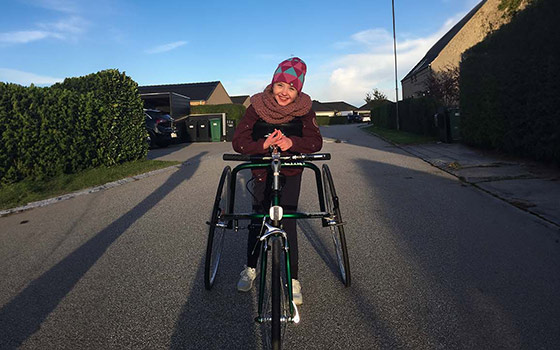Search
Research
Early progressive encephalopathy in boys and MECP2 mutationsMECP2 mutations mainly occur in females with Rett syndrome. Mutations have been described in 11 boys with progressive encephalopathy...
Research
NTNG1 mutations are a rare cause of Rett syndromeA translocation that disrupted the netrin G1 gene (NTNG1) was recently reported in a patient with the early seizure variant of Rett syndrome (RTT).

We aim to ensure that high quality outcome measures are available to evaluate treatments and services for children with disability rigorously. We aim to translate our research into resources to support families, carers and clinicians.

Research
Determinants of quality of life in Rett syndrome: New findings on associations with genotypeRett syndrome is a genetically caused neurodevelopmental disorder associated with functional deficits and comorbidities. This study investigated relationships between genotype, functional abilities and comorbidities and quality of life in Rett syndrome.
Research
Improving clinical trial readiness to accelerate development of new therapeutics for Rett syndromeRett syndrome is associated with severe functional impairments and many comorbidities, each in urgent need of treatments. Mutations in the MECP2 gene were identified as causing Rett syndrome in 1999. Over the past 20 years there has been an abundance of preclinical research with some studies leading to human clinical trials.
Our research covers a broad range of areas from the influence of mutation type on health outcomes to factors impacting on the lives of familes.
Regression, including the loss of previously learned skills, such as hand function and communication skills, is one of the most suggestive features of Rett synd
Our study investigated the quality of measurements obtained using the Rett Syndrome Gross Motor Scale.
We wanted to compare the frequency of fracture episodes, and factors associated with a fracture, in females with Rett syndrome, compared to general population.
